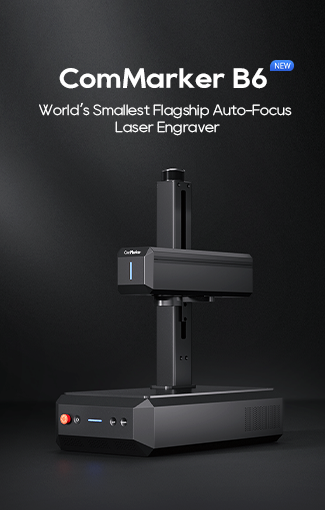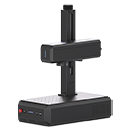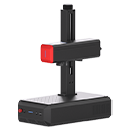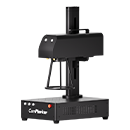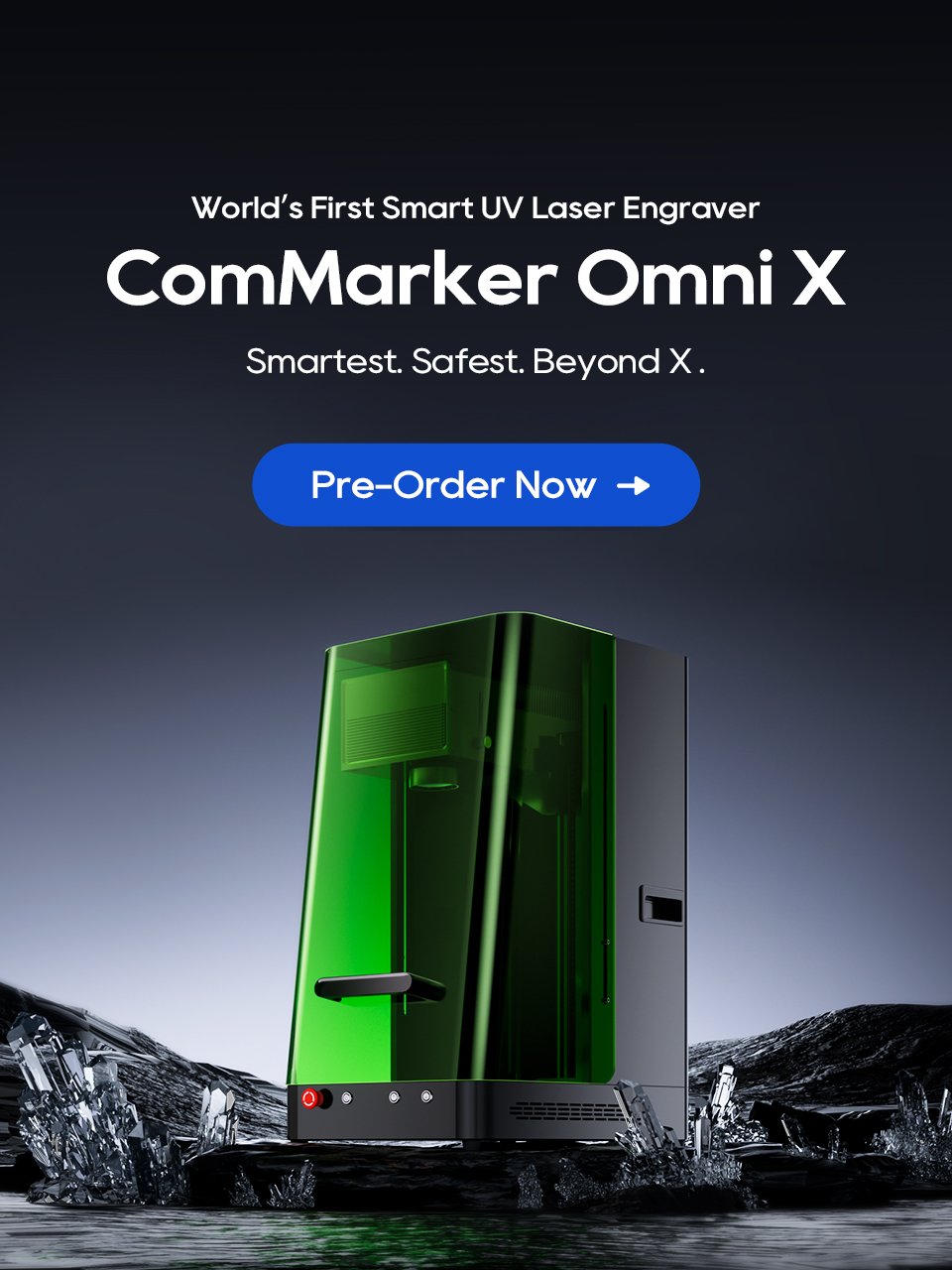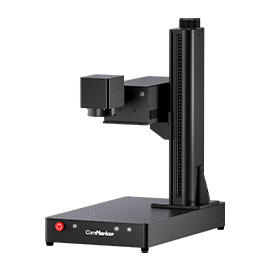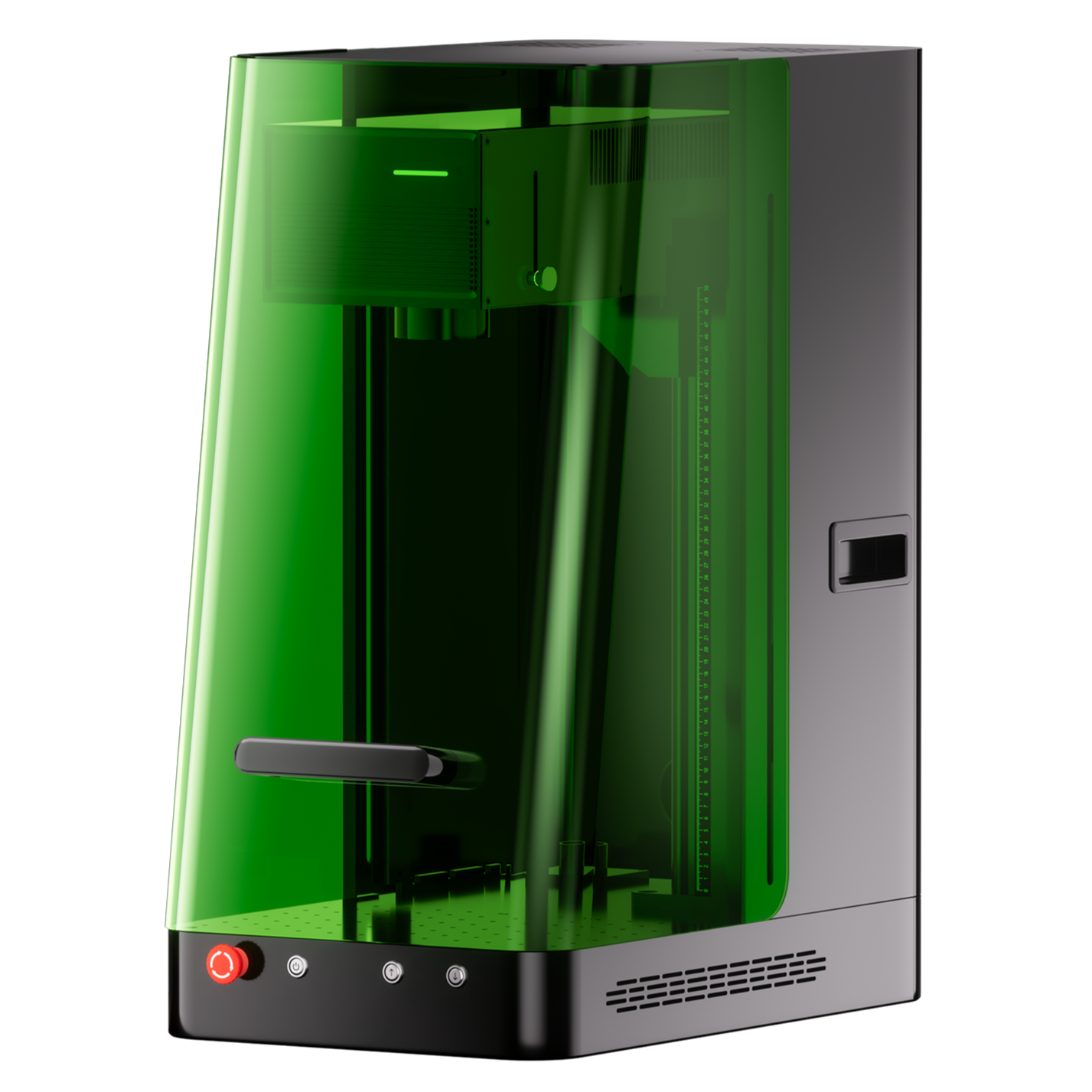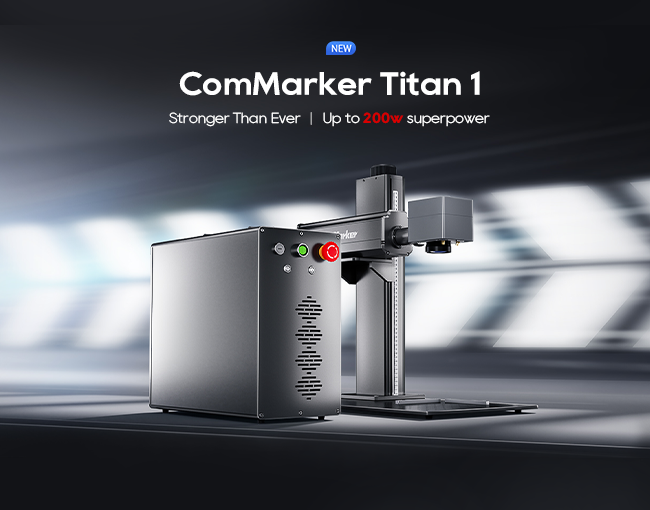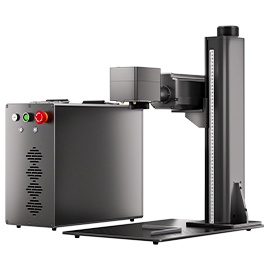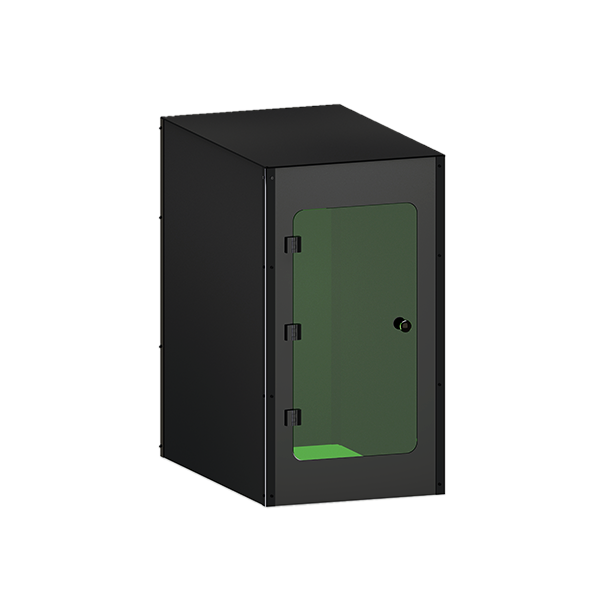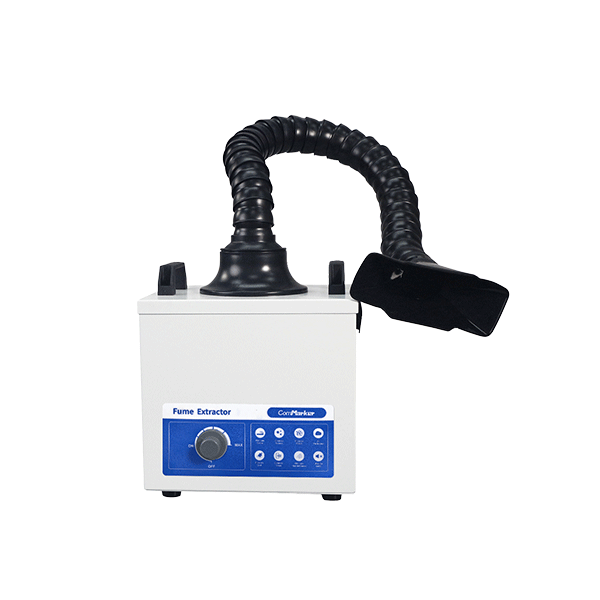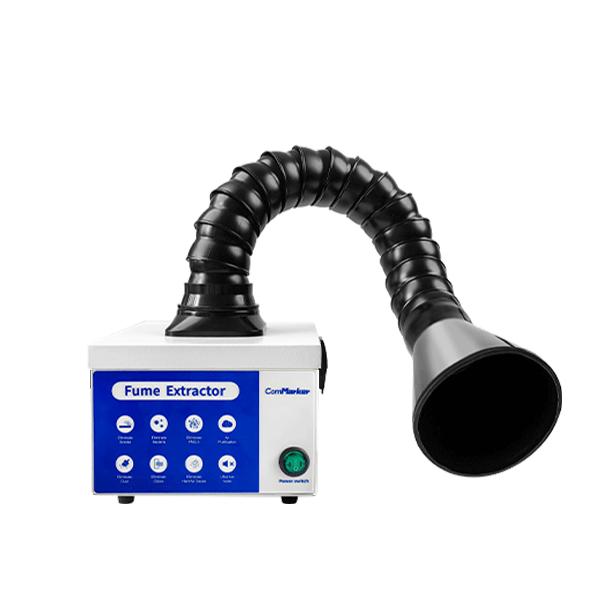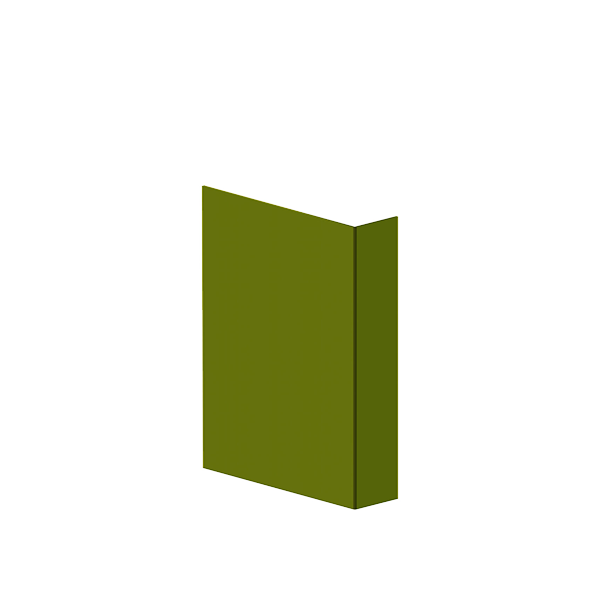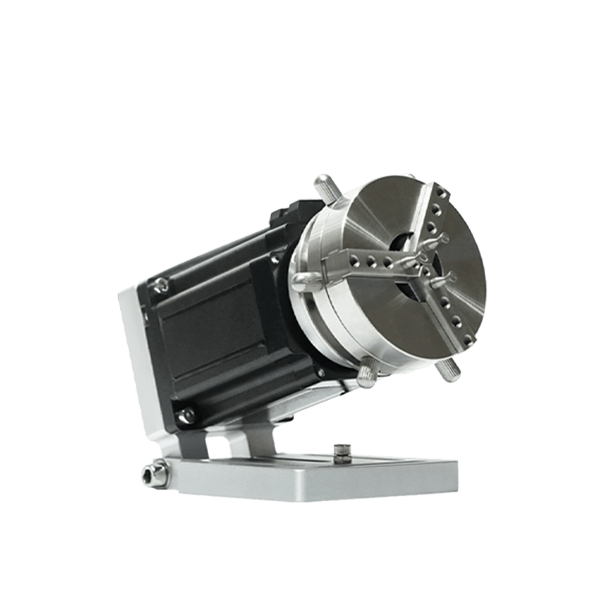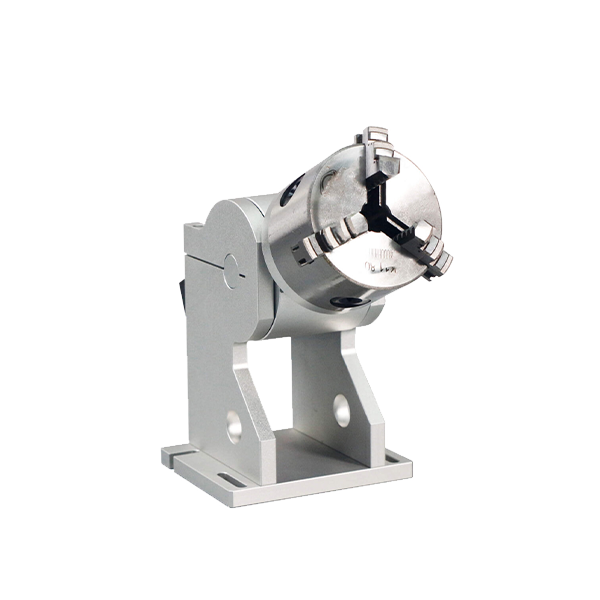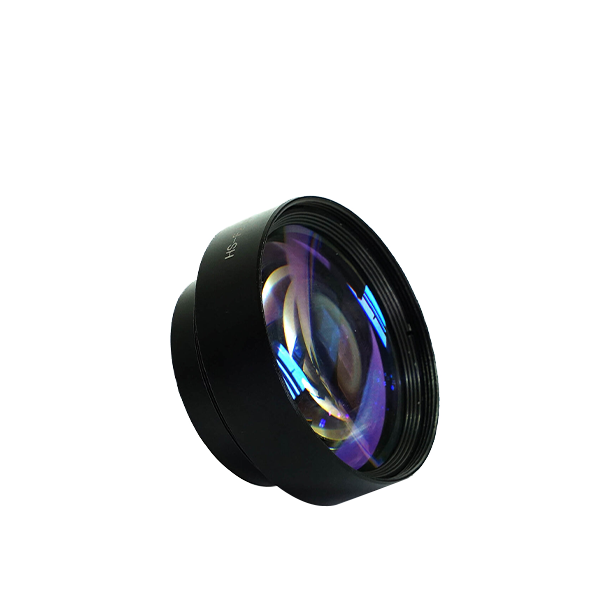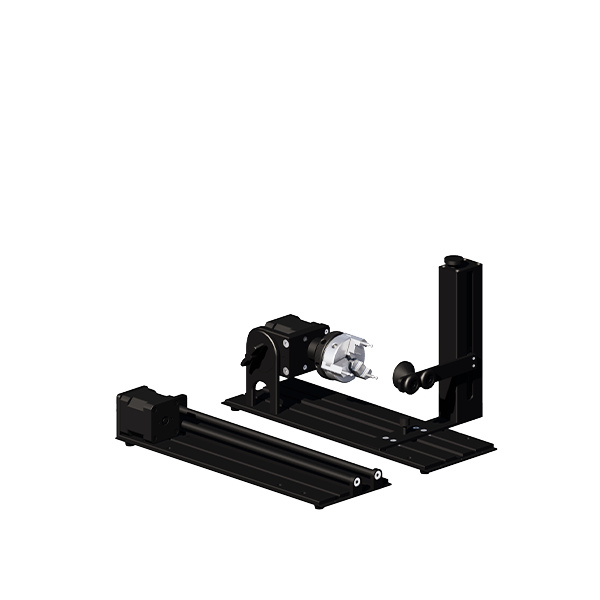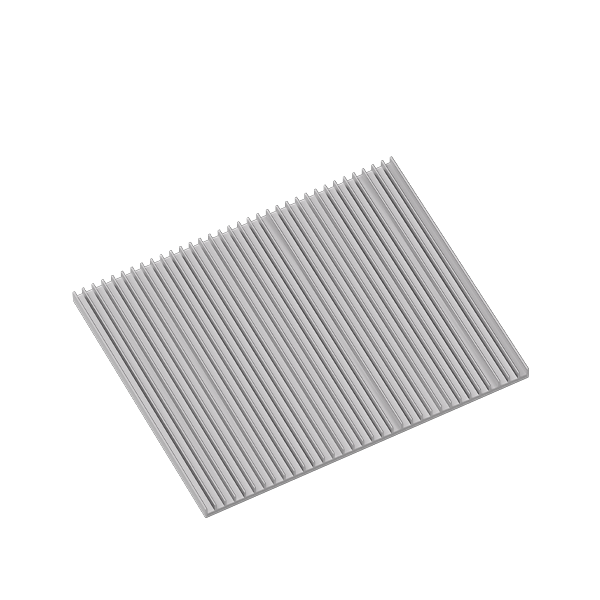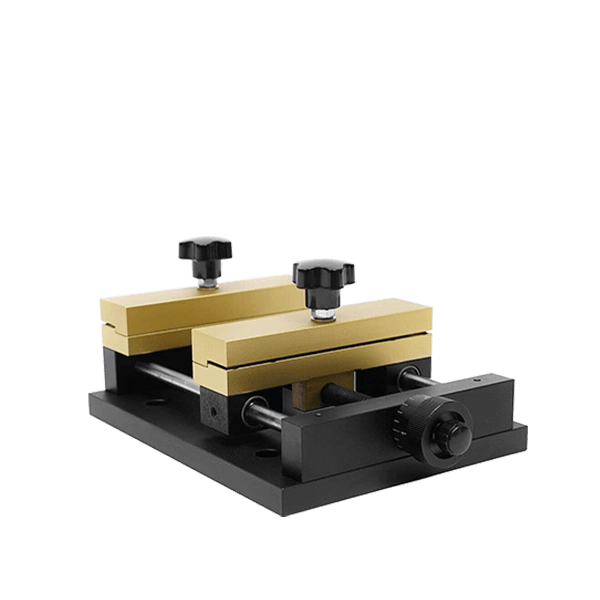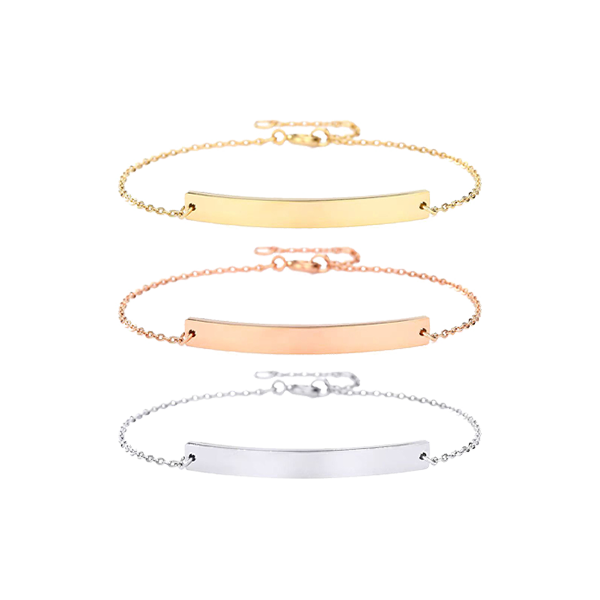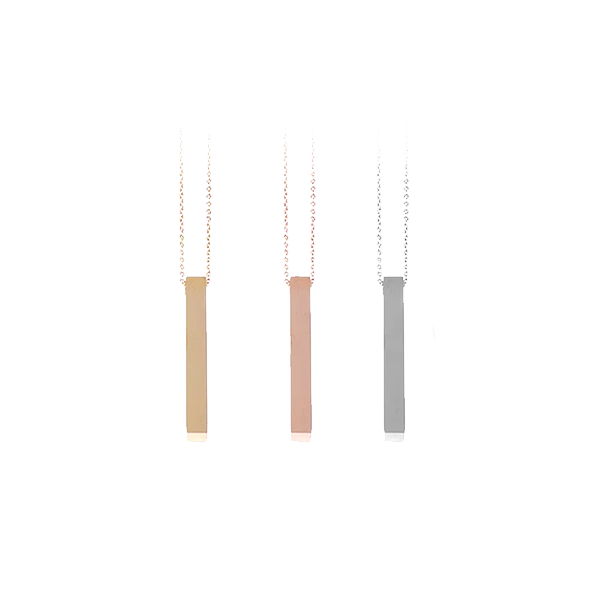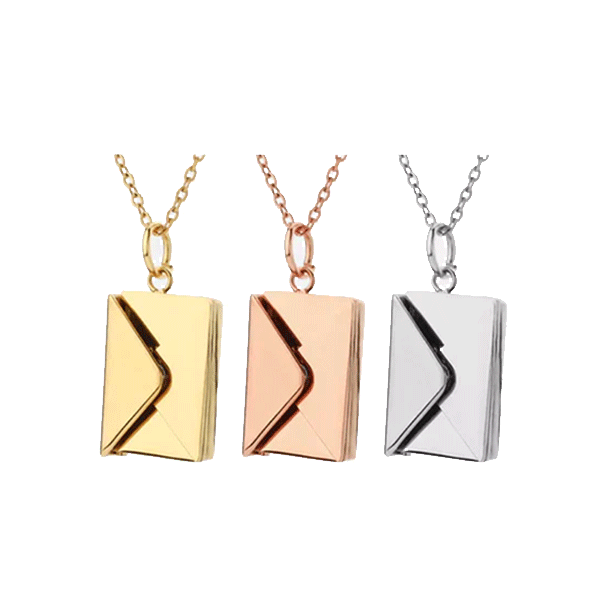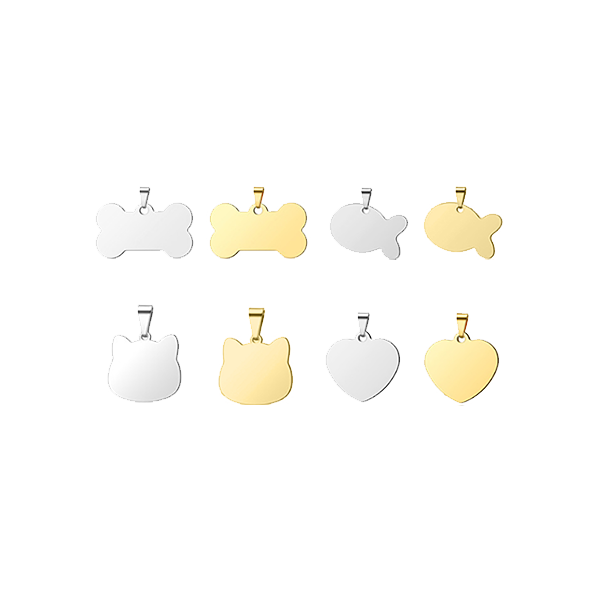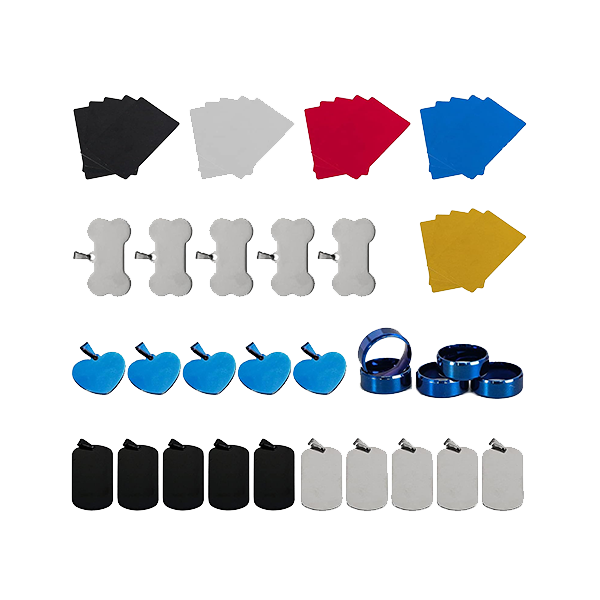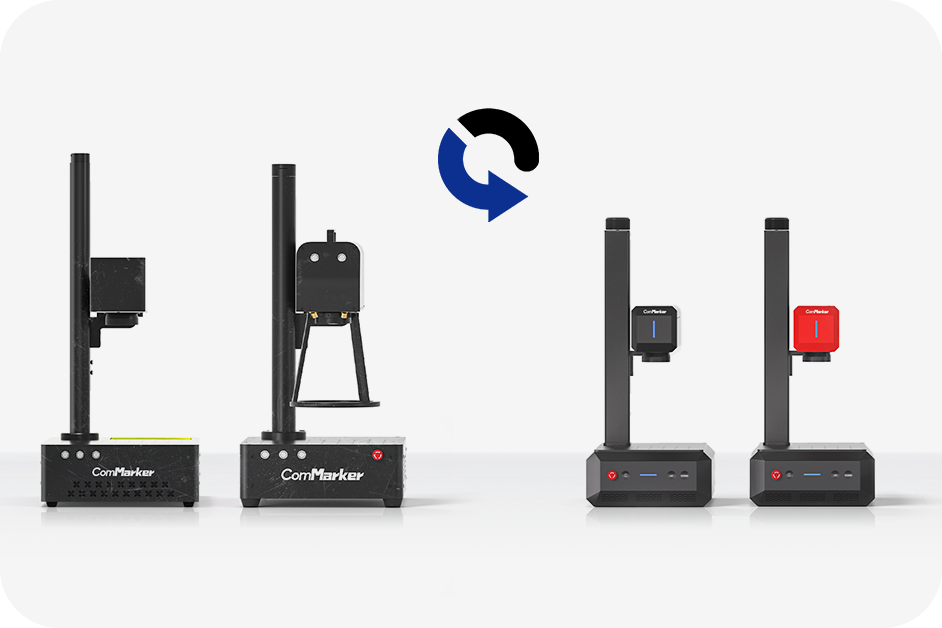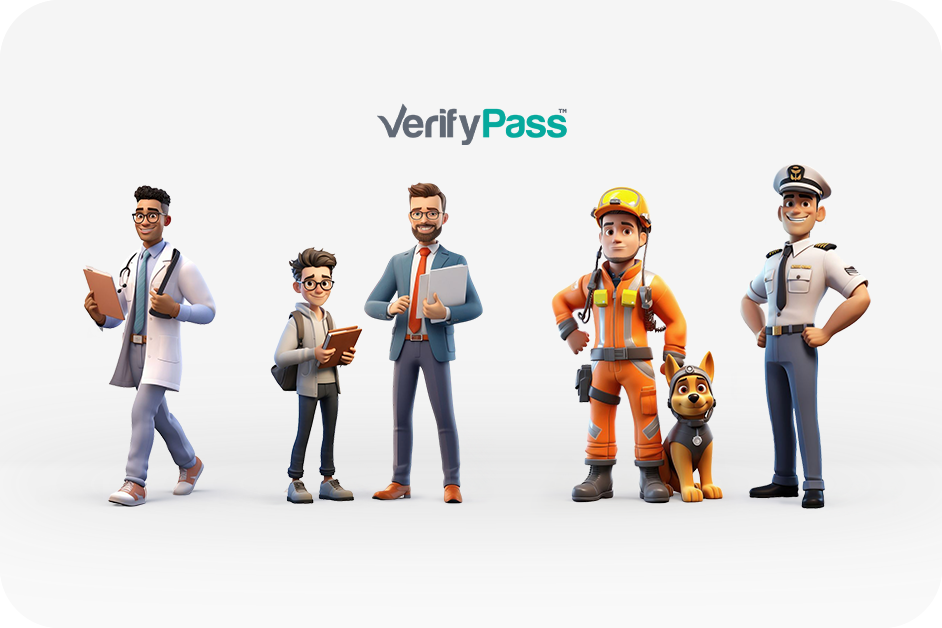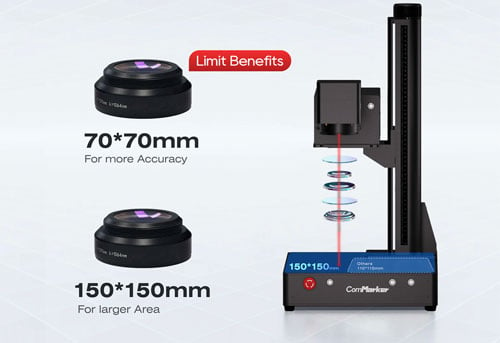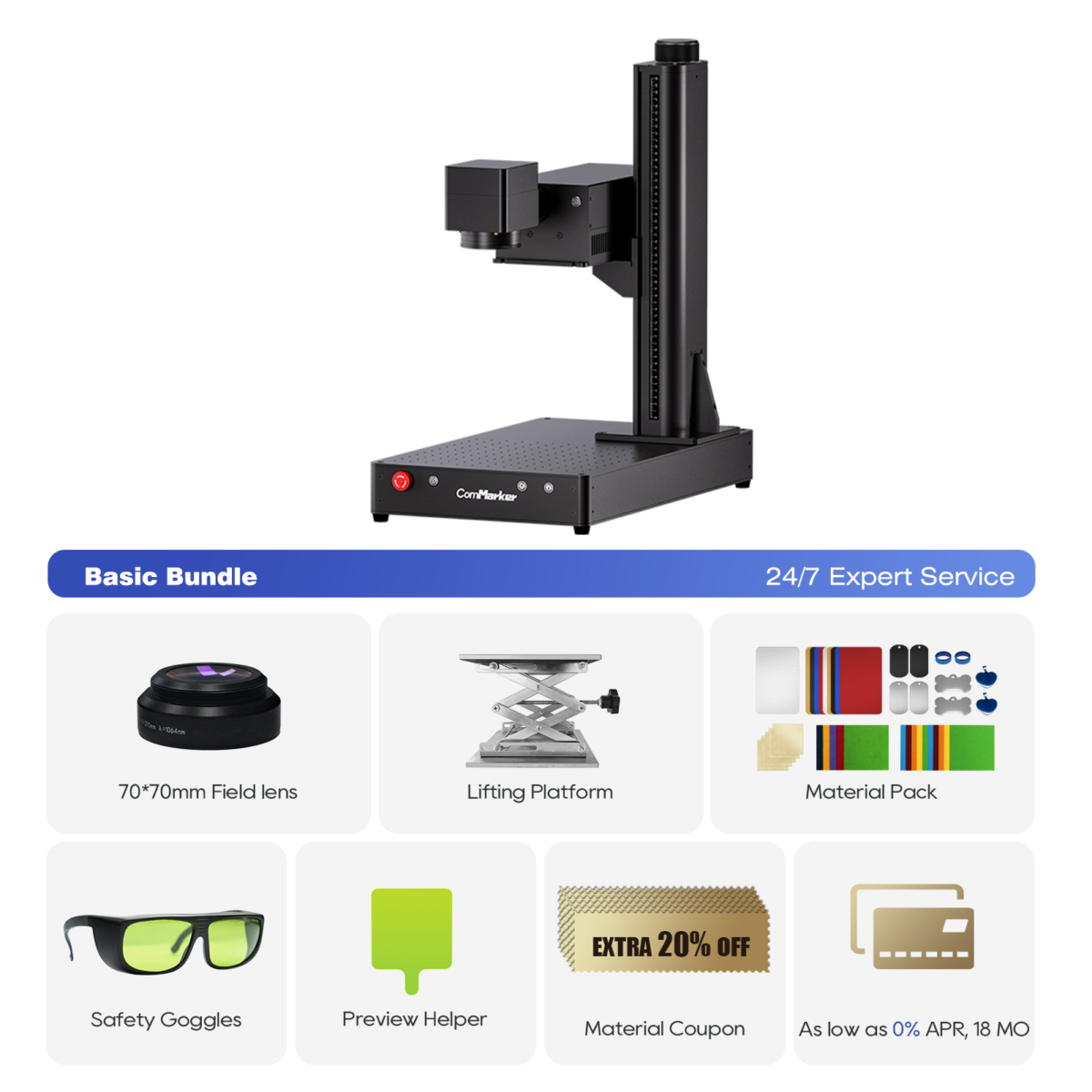Quando si utilizza a incisore laser, matching the right fonte laser with the proper lente di campo isn’t just a technicality—it’s the secret to maximizing your engraving precision, energia, e velocità. Sia che tu stia lavorando con il metallo, plastica, o ceramica, understanding how these two core components interact will directly impact the quality of your results. This guide will help you pair them effectively based on your material and application.
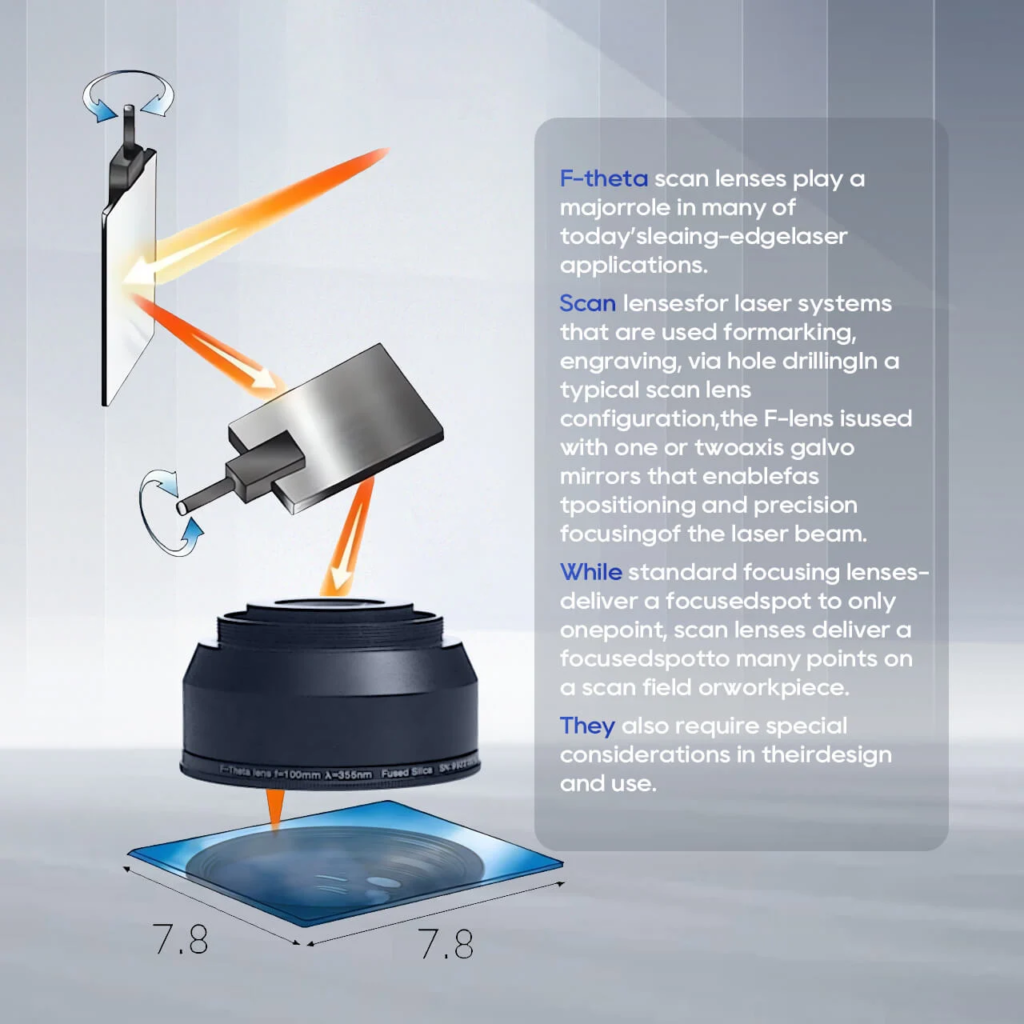
Understanding the Laser Source and Its Role
Before diving into lens selection, let’s review the three most common laser sources:
| Tipo laser | Lunghezza d'onda | Meglio per | Example Materials |
|---|---|---|---|
| CO₂ Laser | 10,600 nm | Organic materials | Legna, acrilico, pelle |
| Laser a fibra | 1,064 nm | Metalli & plastiche dure | Acciaio inossidabile, alluminio, addominali |
| Laser UV | 355 nm | Heat-sensitive & fine detail work | Plastica, bicchiere, ceramica |
Ogni fonte laser emits light at a specific lunghezza d'onda, which affects how well it is absorbed by the target material. This is crucial because poor absorption means weak marking or even surface damage.

Choosing the Right Field Lens (F-Theta Lens)
IL lente di campo, also called an Lente f-teta, determines your engraving area and focus characteristics. Important factors include:
- Lunghezza focale (per esempio., 100mm, 200mm): Shorter focal lengths = smaller working area, tighter focus = higher detail.
- Dimensione spot: Smaller spot size = higher precision, but less depth.
- Distortion: A good F-theta lens minimizes edge distortion in large working fields.
Typical Pairings for Efficiency
| Tipo laser | Typical F-Theta Lens | Caso d'uso |
|---|---|---|
| CO₂ | 63.5mm or 100mm | Cutting/engraving wood or acrylic signs |
| Fibra | 160mm or 254mm | Deep metal engraving or color marking |
| UV | 110mm or 150mm | QR code etching on plastics, IC chips, glass bottles |
Mancia: For the ComMarker Omni 1 Incisore laser UV, a 110mm field lens gives excellent accuracy on small plastics, while a 150mm lens is better for glass or ceramic surfaces.

Matching Considerations That Matter
- Compatibilità della lunghezza d'onda
A lens designed for 1064nm (fibra) won’t transmit 355nm (UV) effectively. Make sure your lens matches your laser source wavelength. - Engraving Area vs. Precisione
Larger field lenses cover more surface area, but with a larger spot size. If you’re marking fine logos or QR codes, use a smaller lens. - Tipo materiale
- Metallo: Laser a fibra + 254mm lens for coverage or 160mm for depth.
- Plastica: Laser UV + 110mm lens = crisp, high contrast.
- Organic: CO₂ + 63.5mm = fine details on wood or leather.
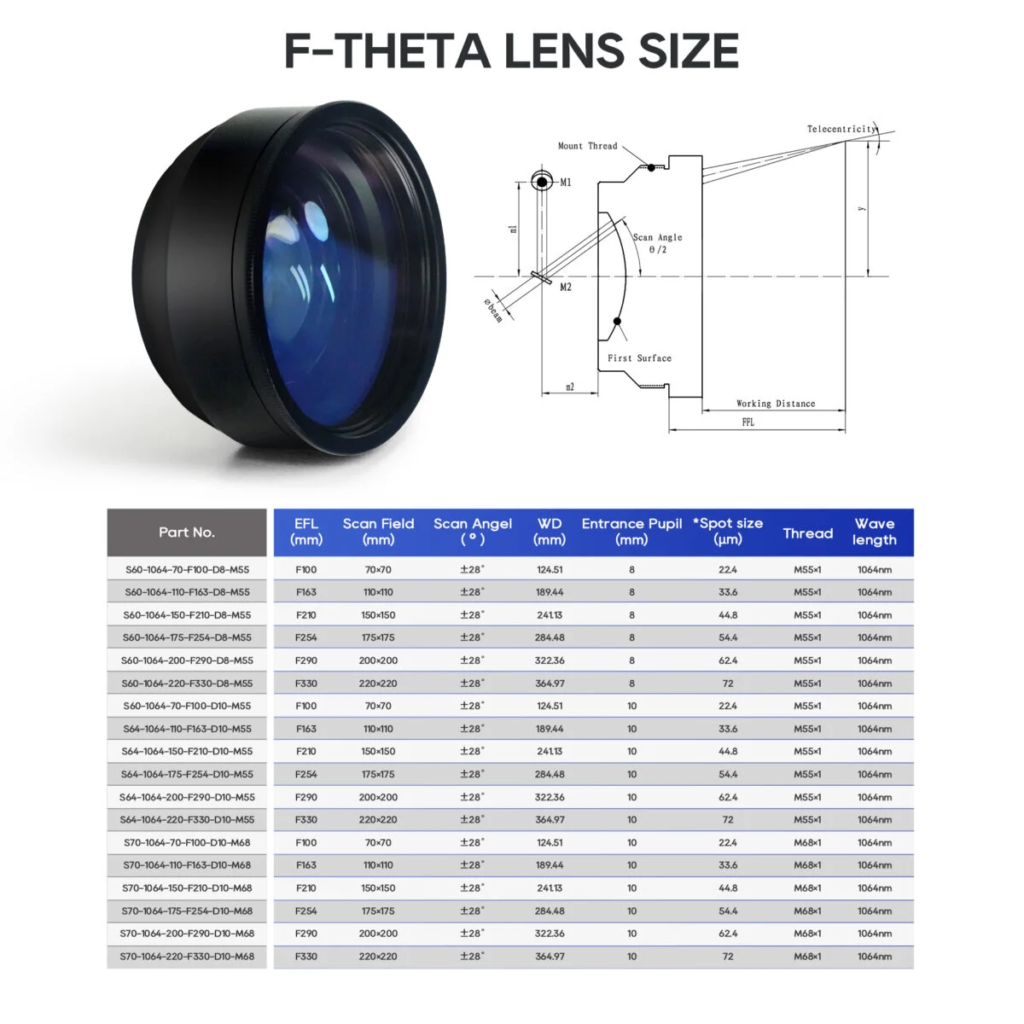
Recommended Setups for Beginners and Professionals
| Materiale | Best Laser Type | Ideal Lens | Caso d'uso |
|---|---|---|---|
| Acciaio inossidabile | Laser a fibra | 160mm | Incisione profonda, utensili |
| Plastic Products | Laser UV | 110mm | Numeri seriali, Codici QR |
| Cristalleria | Laser UV | 150mm | Logos on bottles |
| Leather Tags | CO₂ Laser | 63.5mm | Marchio personalizzato |
ComMarker Omni 1 Incisore laser
Laser di nuova generazione per sbloccare tutti i materiali. Tecnologia di incisione ZeroBurn™ Il primo incisore laser HD 16K al mondo Sistema di incisione SpeedMax™ da 10.000 mm/s Sblocca tutto il materiale con il laser UV Tecnologia termica ColdFront™ Sollevamento elettrico con 2 Lenti opzionali compatibili con EZCAD e il sistema di incisione rotativa a 360° LightBurn
Matching Smartly Maximizes Your Laser Engraver’s Potential
Choosing the right combination of laser source and lens is the foundation of getting pro-level engraving results—without wasting time or materials. If you’re just getting started or upgrading your current setup, IL ComMarker Omni 1 UV offers pre-configured lens options with powerful wavelength precision, making it a flexible solution for plastic, bicchiere, calcolo, and metal engraving.
Looking for an all-in-one solution? Check out the ComMarker Omni 1—a professional-grade laser engraver with customizable lens options and versatile UV laser power.




